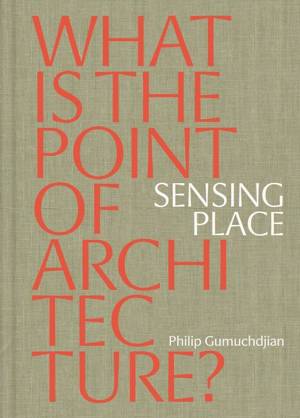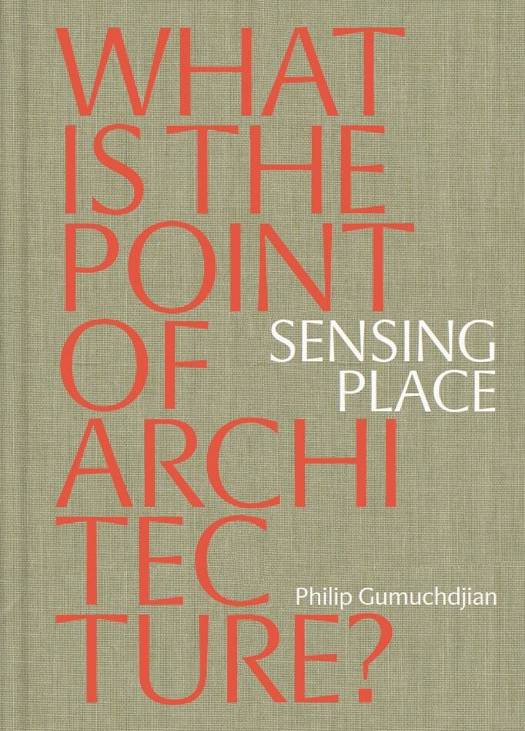
- Retrait gratuit dans votre magasin Club
- 7.000.000 titres dans notre catalogue
- Payer en toute sécurité
- Toujours un magasin près de chez vous
- Retrait gratuit dans votre magasin Club
- 7.000.0000 titres dans notre catalogue
- Payer en toute sécurité
- Toujours un magasin près de chez vous
34,95 €
+ 69 points
Description
Sensing Place is a reflection on 20 years of Gumuchdjian Architects in practice. The principal architect, Philip Gumuchdjian sets out the thinking behind his projects with a view to re-stating the relevance of architecture in an increasingly virtual, image driven world. The book is thus a manual designed to guide the general public through the many concurrent and competing ideas that underpin a typical body of architectural work. These include the importance of keeping the culture of the past closely with us; the imperative of instilling buildings with the capacity to connect people to places; and how shared space is the real engine of community.
Gumuchdjian exposes the observations and emotional responses that fuel his design intuition and pairs this with a fundamental belief in the necessity to respect our shared human past. Like a writer or a painter he is seen to observe the world and brings those observations to bear on his projects. In asking ‘what is the point of architecture?’ and airing the span of sensitivities, hopes and ambitions that form the foundation of his architectural projects, Gumuchdjian aims to reveal the little understood motivations behind every architect’s work.
The book restates the fundamental potential of architecture to contribute to the betterment of the lives of people on this environmentally depleted, socially inequitable and commercially over-exploited planet. Divided into five chapters that describe his approach to landscape, heritage, the home, and the public realm, Sensing Place concludes by reinforcing the need for architects to continue their advocacy of visionary change.
Gumuchdjian exposes the observations and emotional responses that fuel his design intuition and pairs this with a fundamental belief in the necessity to respect our shared human past. Like a writer or a painter he is seen to observe the world and brings those observations to bear on his projects. In asking ‘what is the point of architecture?’ and airing the span of sensitivities, hopes and ambitions that form the foundation of his architectural projects, Gumuchdjian aims to reveal the little understood motivations behind every architect’s work.
The book restates the fundamental potential of architecture to contribute to the betterment of the lives of people on this environmentally depleted, socially inequitable and commercially over-exploited planet. Divided into five chapters that describe his approach to landscape, heritage, the home, and the public realm, Sensing Place concludes by reinforcing the need for architects to continue their advocacy of visionary change.
Spécifications
Parties prenantes
- Auteur(s) :
- Editeur:
Contenu
- Nombre de pages :
- 192
- Langue:
- Anglais
- Illustré:
- Oui
Caractéristiques
- EAN:
- 9781999858377
- Date de parution :
- 30-09-19
- Format:
- Livre broché
- Dimensions :
- 155 mm x 225 mm
- Poids :
- 520 g

Les avis
Nous publions uniquement les avis qui respectent les conditions requises. Consultez nos conditions pour les avis.






